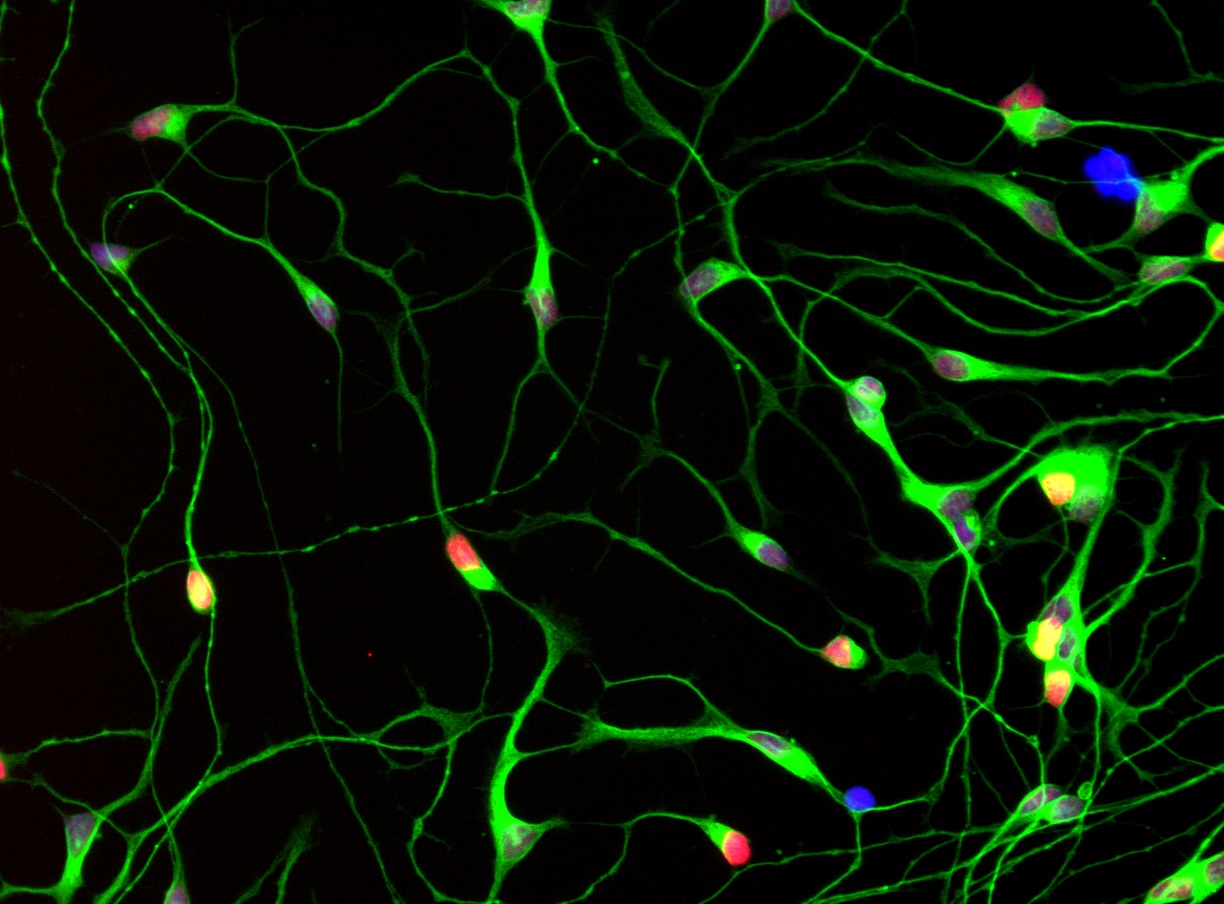
Amyotrophic lateral sclerosis is known by a lot of different names – ALS, Lou Gehrig’s Disease, Motor Neuron Disease, Charcot’s Disease. It is a disease that affects the brain’s ability to send signals to the rest of the body, causing the wasting away of muscle, loss of movement and, eventually, paralysis. It is fatal, and there are no known cures or effective treatments.
ALS is a neurodegenerative disease – meaning that it affects the nervous system, which includes the brain, spinal cord, and the nerves that connect them to the rest of the body. It is also progressive, meaning that after symptoms appear they almost always will continue to get worse over time. Estimates indicate that between 16,000 and 30,000 people are living with ALS in the United States at any given time. Every 90 minutes, someone is diagnosed with ALS.
Some early signs and symptoms of ALS include muscle cramps and muscle twitching, weakness in hands, legs, feet or ankles, and difficulty speaking or swallowing. These symptoms will continue to progress, eventually causing paralysis and death. The senses, including hearing, sight, smell, taste, and touch, are not affected by ALS. In most cases of ALS, cognitive function is not affected.
ALS is not experienced in the same way among all those diagnosed, and the manner and speed at which the disease moves throughout a person's body can vary greatly. Most people live about 3-5 years after they experience their first signs of disease, with one in ten people surviving at least 10 years. The variable rate of disease progression makes prognosis difficult to predict and therapies challenging to develop.
We are still learning much about what causes ALS. We know that about ten percent of cases are caused by specific genetic mutations that are inherited and passed down from generation to generation, which is known as familial ALS. Over 29 ALS-specific genetic mutations have been identified to date. The most common genetic mutation in ALS is the C9orf72 gene, which accounts for approximately 30 to 40 percent of all familial ALS cases. Mutations in the SOD1 gene make up around 20 percent of familial ALS, and TARDBP and FUS gene mutations each account for about five percent of familial cases.
The remaining 90 percent of cases are known as sporadic ALS, meaning there is no known history of the disease in a family. There are many theories outlining potential causes of ALS including oxidative stress, mitochondrial dysfunction, immune system over activity, glutamate toxicity and toxic exposures. Studies have shown that those who have served in the military are more likely to develop ALS than the general population. It is important to note that clinically, familial ALS and sporadic ALS appear to be indistinguishable from one another.
ALS can affect anyone of any age, gender, or race. However, for the most part, ALS affects people between the ages of 40 and 70. ALS appears to affect men at a higher rate than women below the ages of 65. Over the age of 70, incidence appears to be the same.
Currently, there are no effective cures or treatments to stop disease progression of ALS. ALS is a complex disease which varies from person to person. Because of its complexity, and because every case is unique, there is likely no one “cure” for ALS – it will take many different drugs to end ALS for everyone. That's why researchers at the ALS Therapy Development Institute (ALS TDI) are working hard each day to find ALS treatments.
The ALS Therapy Development Institute (ALS TDI) is the Drug Discovery Engine for ALS. This means that we work to discover and invent new ALS drugs in our lab, the world’s most comprehensive drug discovery facility dedicated solely to ALS. We also work with partners across the industry to help other treatments get to clinical trials. And we won’t stop doing all these things until there are treatments for every person living with ALS. As one of the world’s only nonprofit biotech companies, we are funded by people living with ALS, as well as their friends and families, and are only answerable to the ALS community.
To learn more about our research to end ALS, and how you can help to support it, click here.
Donate Now